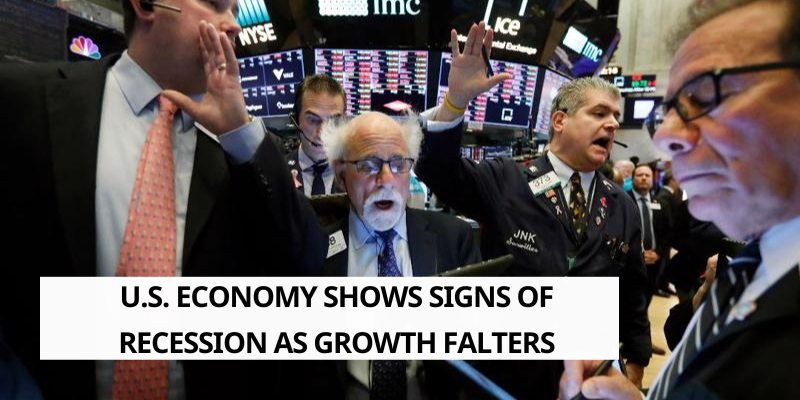April 8, 2025 – The U.S. economy is teetering on the edge of recession, with fresh data painting a troubling picture of stagnation. According to the latest figures from the U.S. Bureau of Economic Analysis, real GDP grew at an anemic 0.2% annual rate in Q1 2025, down sharply from 1.1% in the previous quarter. This marked slowdown, alongside a string of negative signals, has fueled speculation that the world’s largest economy may already be in decline.
The signs are hard to ignore. Consumer spending, which accounts for nearly 70% of U.S. economic activity, has faltered, with retail sales plunging 0.8% in February—the steepest drop since mid-2023. Industrial output has also taken a hit, shrinking for three consecutive months as manufacturers grapple with falling demand. The labor market, once a pillar of strength, is showing cracks: the unemployment rate climbed to 4.3% in March, up from 4.1% in February, signaling a slowdown in job creation.

Inflation, though down to 3.1% from last year’s highs, continues to hover above the Federal Reserve’s 2% goal, limiting the central bank’s room to maneuver. Experts suggest the Fed’s aggressive rate hikes in 2024 may have cooled the economy too effectively, tipping it toward contraction. “We’re seeing a classic recessionary pattern,” noted one economist. “The question now is how deep it will go.”
Wall Street felt the heat on Monday, with the Dow shedding 1.9% amid growing pessimism. While the NBER has not yet confirmed a recession, the technical benchmark of two negative GDP quarters has been met, intensifying debate over the economy’s trajectory. As policymakers weigh their next steps, businesses and households alike are bracing for a potentially rocky period ahead.

